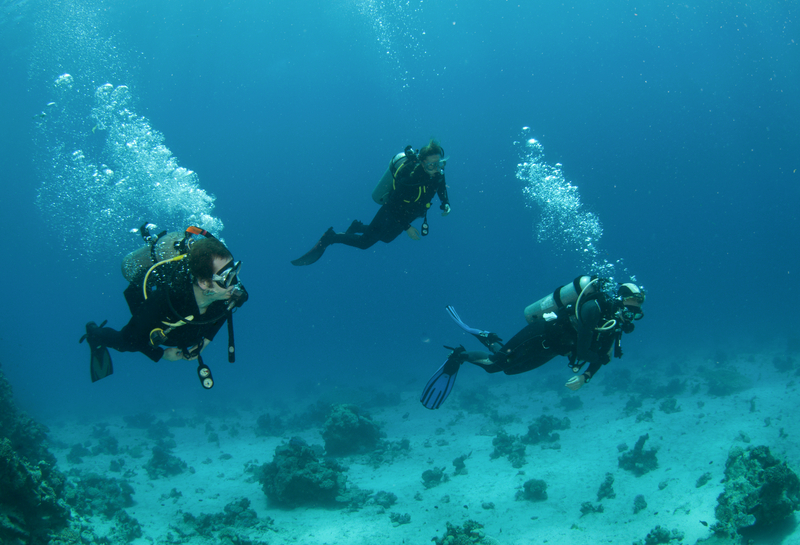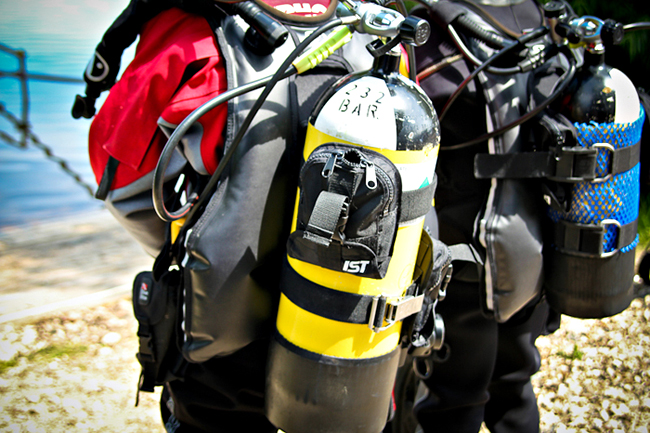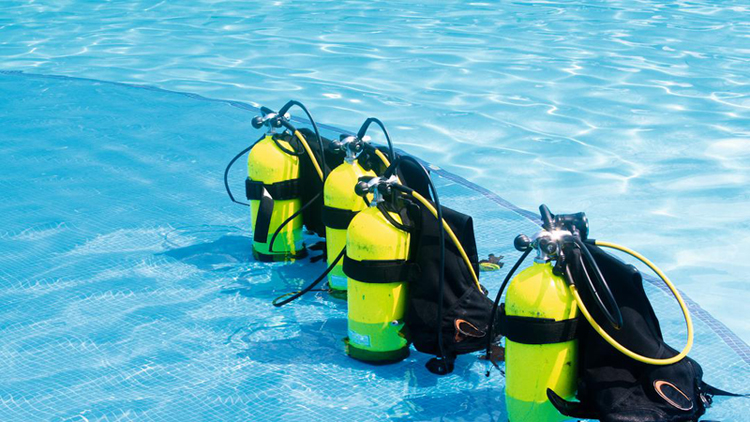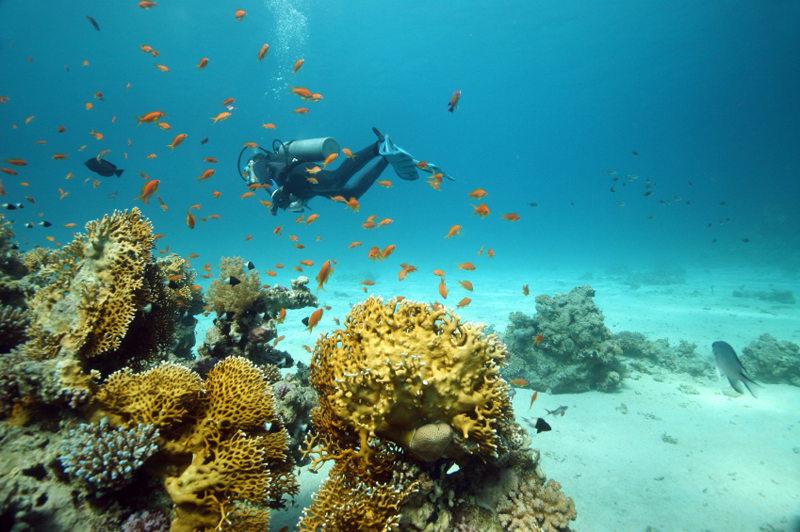
Underwater Reef Exploration
Learning To Scuba Dive Makes Underwater World Accessible
Undersea exploration can be an exciting experience, whether it is for scientific purposes or just recreation. Learning to scuba dive is far different from snorkeling or underwater free-swimming and provides a better opportunity to witness underwater life in its natural habitat. The term scuba is an acronym for self contained underwater breathing apparatus and the equipment and diving techniques are continually being evaluated and improved.
There are many hazards involved in the sport and when learning to scuba dive it is important to understand the dangers inherent to the sport. Equipment malfunctions, diver inattention or the underwater environment itself can pose several dangers that taking lessons is a requirement for anyone seriously considering spending any time underwater with air tanks strapped to their back. Learning to breathe underwater wearing the scuba dive equipment is not so much an issue today, as the equipment allows near-normal breathing.
There are many classes offered across the country to teach people to scuba dive and not all of them are near large lakes or oceans. Many are available at swimming pools and while they may not teach how to adjust for buoyancy beyond the depth of the pool, getting past the first hurdle of trusting the scuba dive equipment to allow breathing underwater is the focus.
Divers Need To Understand Water Pressure
Many people learning to scuba dive fail to realize how much water pressure is above them as they descend to greater depths. Early face masks for diving made it difficult to breathe, even with the compressed air tanks, as the pressure of the water hindered the natural ability for the lungs to inhale. At surface pressure, most breathing is done naturally and air can enter the lungs through pressure alone.
When underwater, even as shallow as 30-feet, the extra pressure of the water requires extra air pressure to push the air into the lungs. Newer scuba dive face masks and regulators automatically adjust the air pressure to match the pressure of the surrounding water. The deeper the diver goes the more pressure is available and as the scuba dive ends and the diver heads to the top, the pressure is automatically reduced.
Newer, more expensive masks are available that recycle air exhaled during a scuba dive, removing the carbon dioxide and mixing the excess air that was exhaled with air from the tank to allow the tanks to last longer. Often coupled with a full-face mask, they enable the diver to remain underwater considerably longer.
 The Insiders Guide to Scuba Diving in Jamaica
The Insiders Guide to Scuba Diving in Jamaica


